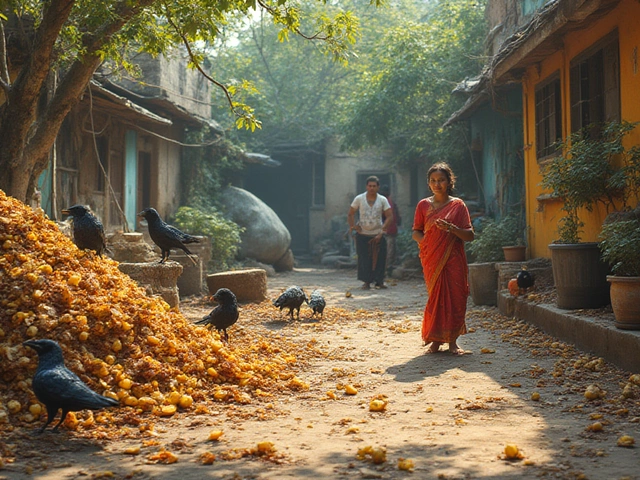Essential Gardening: Must‑Know Tips for Every Indian Gardener
If you’re just starting out or looking to sharpen your green thumb, the basics matter most. Good soil, right water, and a little patience can turn a patch of dirt into a thriving garden. Below are the core steps you can apply this season, no matter where you live in India.
Start with the Right Soil
Most Indian soils are heavy and compact, especially in the monsoon zones. Loosen the ground by adding organic compost, sand, or well‑rotted farmyard manure. A simple mix of one part compost, one part sand, and two parts native soil gives better drainage and air for roots. Test the pH with a cheap kit – most veg and flower plants thrive between 6.0 and 7.0.
Water Wisely, Save Money
Drip irrigation is a game‑changer. Bury the drip lines about 4‑6 cm deep, close to the root zone, and you’ll cut water use by up to 50 %. If a full system sounds pricey, start with a few drip tapes around your most water‑heavy crops. Let tap water sit for an hour before using it on delicate houseplants; this lets chlorine evaporate and protects leaf tissue.
Timing matters too. Water early in the morning or late evening to reduce evaporation. A quick check – press a finger into the soil 2 cm deep; if it feels dry, it’s time to water.
Mulching with straw, dry leaves, or coconut husk keeps the soil cool and moist. It also adds organic matter as it breaks down, feeding the roots without extra effort.
When choosing plants, pick varieties that love your local climate. For example, broccoli does well in the cooler north‑east states, while fast‑growing flowering trees like Gulmohar thrive in hot central zones. Pairing “sister plants” like tomatoes with basil can repel pests naturally, reducing the need for chemicals.
Indoor gardening follows the same principles. Give houseplants bright indirect light, water only when the top inch of soil dries, and mist only if the air is very dry. Most indoor greens don’t need misting; a humid day outdoors offers the same benefit.
Don’t forget compost. Kitchen scraps, coffee grounds (except for those plants that hate them), and garden waste turn into nutrient‑rich humus. Just avoid adding too much citrus or oily foods, and you’ll have a steady supply of organic fertilizer.
If you have limited space, vertical gardens on balconies can double your planting area. Use reusable pallets, hanging pots, or grow bags. Choose wind‑resistant varieties and add a simple trellis for climbers like beans or cucumber.
Finally, keep an eye on pests. Natural solutions such as neem oil, garlic spray, or beneficial insects (like ladybugs) often work better than synthetic chemicals. A healthy garden with good soil and proper watering is its own best defense.
Put these steps together, and you’ll see noticeable improvement in plant vigor, yield, and overall garden health. Gardening doesn’t have to be complicated – start small, stay consistent, and watch your space blossom.
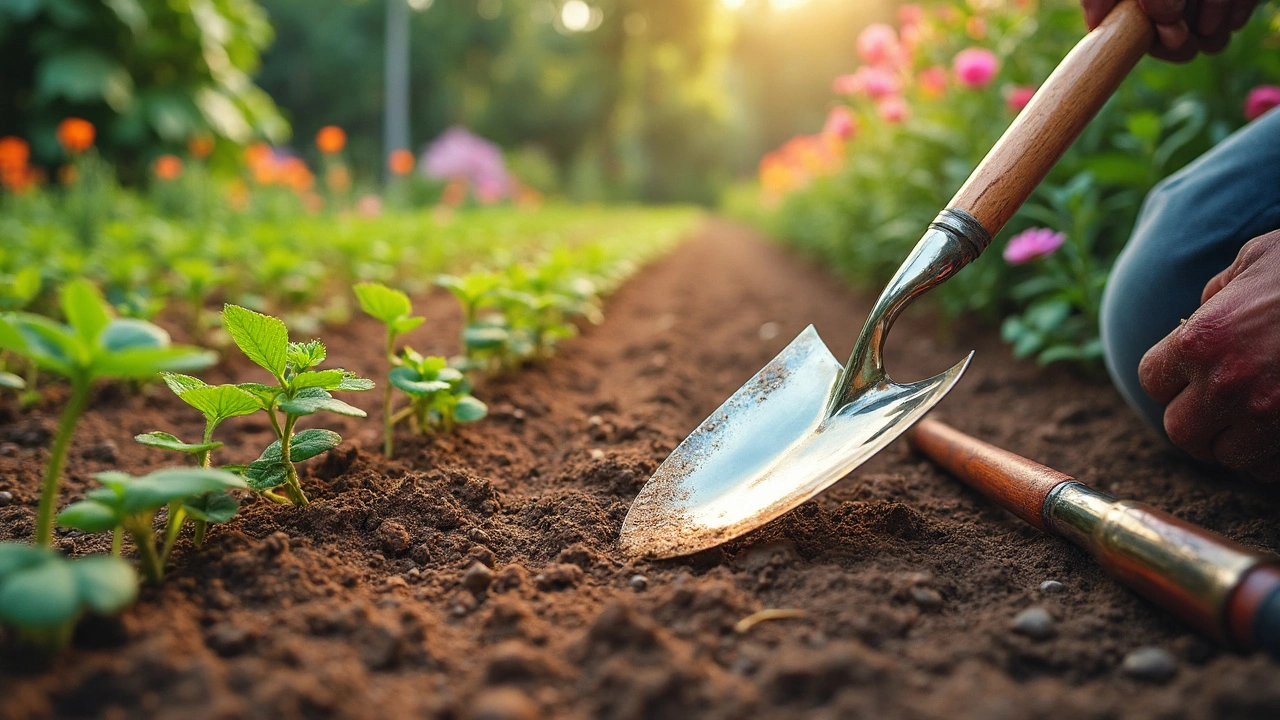
The First Essential Tool Every Gardener Needs
When starting a garden, choosing the right tool is crucial. The first essential every gardener should consider is a reliable spade, pivotal for digging and soil preparation. This article delves into the importance of selecting top-notch gardening tools, offering insights for both beginners and seasoned enthusiasts.
About
Garden Tools
Latest Posts
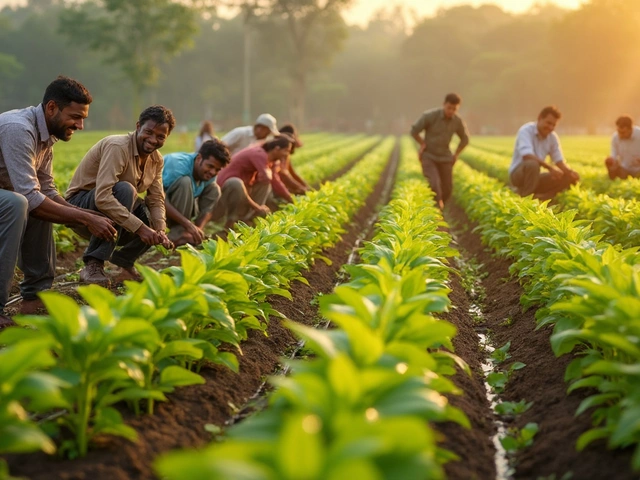
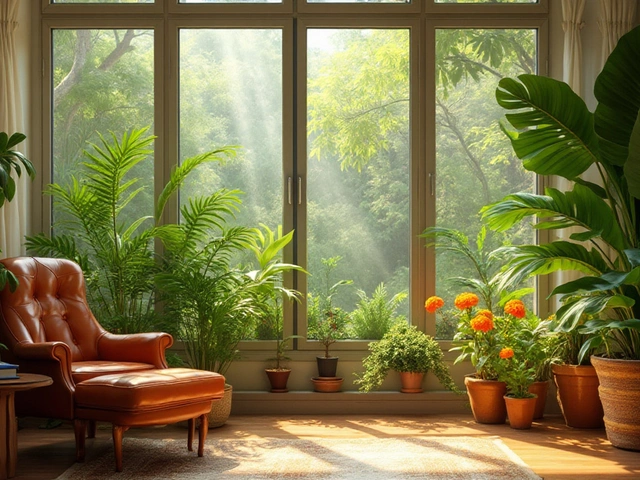
Top Indian Seasonal Plants to Brighten Your Home
By Alden Thorne Dec 25, 2024
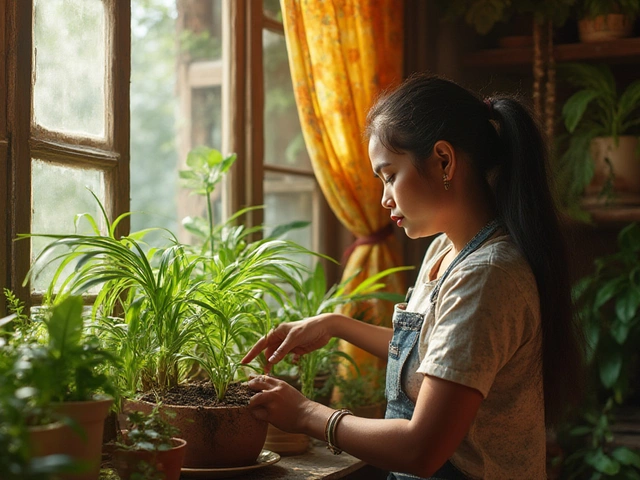
How to Stop Houseplants From Dying: Proven Tips for Thriving Indoor Plants
By Alden Thorne Jul 3, 2025
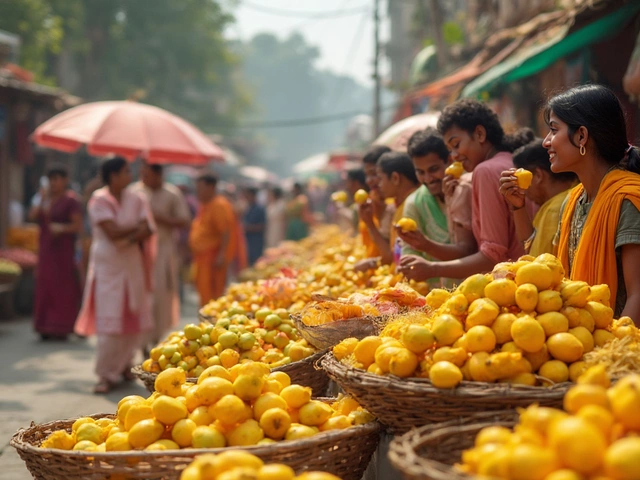
India's National Fruit: The Mango Explained
By Alden Thorne May 15, 2025
